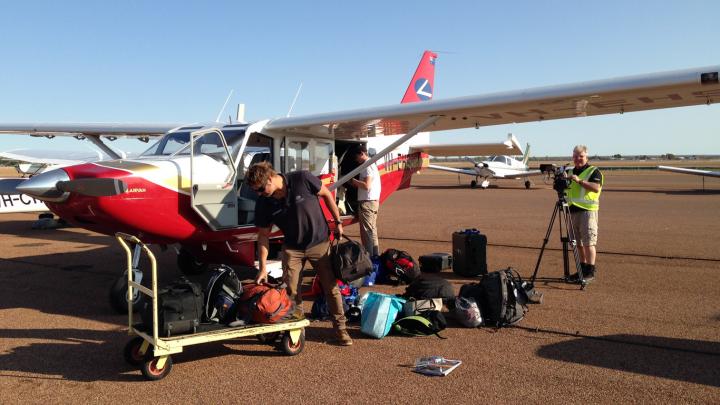We've all heard the adage 'if you can close the cargo door on a Cessna, it'll fly'.
Well, good luck with that thought if you take it seriously.
Loading your aircraft with no observance of the published weight and balance stipulations is dangerous. It also shows a complete lack of competence in operating your aircraft to its best efficiency.
Why is it dangerous?
The Federal Aviation Administration (FAA) handbook states the maximum take-off and landing weights of your aircraft are 'based on the surface area of the wing, and how much lift it will generate at a safe and appropriate airspeed'.
You need a much higher airspeed to lift an overloaded aircraft at take-off. The heavier the load of the aircraft, the less climb performance it will have.
Add in the chance it's a hot day, this becomes risky at short airstrips. There's no room for error if you get those performance tables wrong.
The centre of gravity (CG) is a determining factor in flight characteristics. Loading cargo or passengers outside the W&B envelope compromises the manoeuvrability and controllability of the aircraft.
Nose heavy or aft-heavy loads greatly affect the stability of the aircraft in all phases of flight. If the CG is too far aft, the aircraft may rotate prematurely on take-off or tend to pitch up during climb. If it's too far forward, it may be difficult to rotate for take-off or landing.
And you'll certainly know about it if you try and land your Cessna 182 aft-heavy. This is noticeable if you've let your airspeed bleed off a little too far in the flare.
You'll need to summon all your piloting skills to control the aircraft. You may feel the first of those inevitable bounces that are giving your landing roll lots of character. This is very poor airmanship and displays irresponsible (and potentially expensive) treatment of the landing gear.
Refresh your knowledge
You can record basic empty weight and CG location in the aircraft's pilot's operating handbook (POH), where you will also find sample load calculations.
You may have been winging it lately without proper attention to completing W&B calculations before each flight. That's probably because you are unsure how to do it correctly.
Ask an instructor for half an hour's help on this, or practise on your own.
Finally, while we want to encourage you using a carrot, not a stick, don't forget it's only a matter of time until you're ramp checked.
The nice and friendly CASA inspector is going to want to see evidence of pilot and passenger weights and evidence of cargo weights. Do not use standard weights in aircraft with fewer than seven seats.
You can't expect the average general aviation aircraft to fly safely if it is has:
- full fuel
- maximum number of passengers
- crammed baggage compartment with suitcases back-packs, golf clubs and camping gear.
Flying within the correct limits of weight and balance for the aircraft is vital for the safety of you and your passengers.


